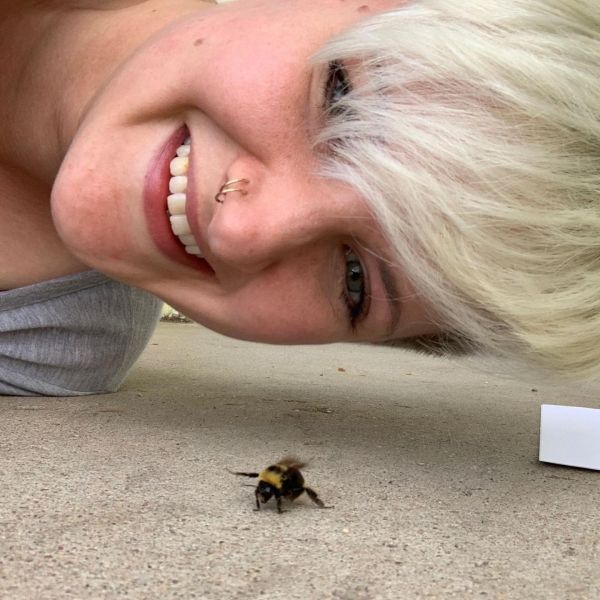A University of Wyoming researcher and her Ph.D. student have spent the last three years studying the decline of the Western bumblebee. The two have been working with a group of bumblebee experts to fill in gaps of missing information from previous data collected in the western United States. Their goal is to provide information on the Western bumblebee to the U.S. Fish and Wildlife Service while it considers listing this species under the U.S. Endangered Species Act.
“The decline of the Western bumblebee is likely not limited to one culprit but, instead, due to several factors that interact such as pesticides, pathogens, climate change and habitat loss,” says Lusha Tronstad, lead invertebrate zoologist with the Wyoming Natural Diversity Database (WYNDD). “Western bumblebees were once the most abundant bumblebees on the West Coast of the U.S., but they are much less frequently observed there now. Pathogens (or parasites) are thought to be a major reason for their decline.”
Tronstad and Christy Bell, her Ph.D. student in the Department of Zoology and Physiology, from Laramie, are co-authors of a paper, titled “Western Bumble Bee: Declines in the United States and Range-Wide Information Gaps,” that was published online June 26 in Ecosphere, a journal that publishes papers from all subdisciplines of ecological science, as well as interdisciplinary studies relating to ecology.
The two are co-authors because they are members of the Western Bumble Bee Working Group and serve as experts of the Western bumblebee in Wyoming, Tronstad says.
Read more at University of Wyoming
Image: Christy Bell, a Ph.D. student in the University of Wyoming Department of Zoology and Physiology, observes a Western bumblebee. Bell and Lusha Tronstad, lead invertebrate zoologist with the Wyoming Natural Diversity Database, are co-authors of a paper about Western bumblebees. (Credit: Christy Bell)


